Sony Alpha NEX-3 Review
Sony Alpha NEX-3
Offering DSLR quality in compact form, Sony's first hybrid camera also introduces HD video shooting and 3D panoramas to the Alpha range. How does it fair against existing rivals?
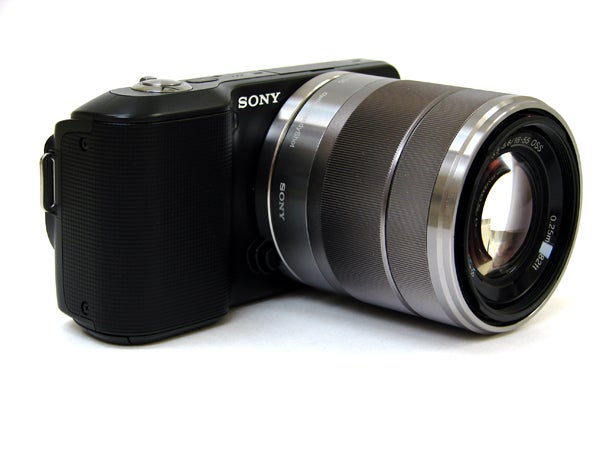
Verdict
Pros
- Very high quality photos
- Tilt screen
- Very compact body
- Clever sweep panorama feature
Cons
- Unfamiliar and over simplistic controls
- Body almost too small
- Image quality not quite as good as an SLR
- Only 720p video
- No built in flash of viewfinder.
Key Specifications
- 14.2 megapixel APS-C sensor
- Tilt screen
- Compact interchangable lens camera
- 720p video
- Sweep panorama feature
Promising digital SLR-type image quality from more compact proportions, the mirror-less interchangeable lens ‘compact system camera’ (CSC) market is undergoing a period of exceptional growth. It kicked off with Panasonic’s introduction of the DSLR-styled G1 in late 2008, and was followed by the more obviously compact camera styled Olympus Digital Pen E-P1 mid 2009, which seemed to be what we’d all been waiting for. In 2010 we saw Samsung also enter the fray with its NX series (fielding both DSLR and compact styled models) and Ricoh introduced the modular GXR system on which both lens and sensor were swappable in tandem. 
Sensing opportunity, it was less of a surprise therefore when Sony pitched in with the announcement of its own NEX series last summer, a sub-brand of the existing Alpha digital SLR series. The Alpha NEX-3 and NEX-5 were again mirrorless, again allowed the lens on the front of the camera to be swapped, and again claimed to offer DSLR image quality. In Sony’s case this was down to a 14.2 effective megapixel resolution, APS-C sized Exmor HD CMOS sensor. This sensor is even larger than the so called Four-Thirds sensor used in the above Panasonic and Olympus models, so should produce even more detailed shots and cope better in dark enviroments. This is on top of the Four-Thirds sensor already being significantly larger than the chip in your regular compact. What’s so amazing is that the NEX 3 and 5 have bodies even smaller than the micro Four Thirds cameras mentioned, and not much larger than said compacts. We reviewed the NEX-5 at the time but omitted its NEX-3 little brother, a ‘wrong’ we’re righting here.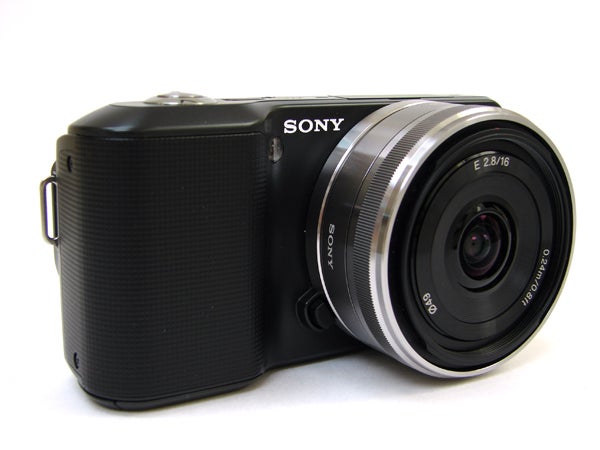
Sony generously sent us the NEX’s twin lens kit, which includes the usefully general purpose 18-55mm f/3.5-5.6 standard zoom and, for those looking for the most compact set up possible – that we just managed to squeeze into a jacket pocket – also a bright 16mm f/2.8 ‘pancake’ lens. This proves a good starter combo to provide a fair amount of compositional opportunity out of the box. Whilst the standard zoom range is par for the course for a kit lens, the pancake option is a useful tool for taking wide angle shots of particularly high quality, and with pleasing de-focused background effects (bokeh). It also incorporates a whisper quiet AF motor.
Existing Alpha DSLR owners perhaps downsizing to the NEX are further directed to the LE-EA1 lens adapter, which enables around 30 Sony existing A-mount lenses plus older Konica Minolta camera lenses (which shared the same mount – Sony bought up KM’s camera expertise in 2006) to be used. At the time of writing there were two further NEX-3 kits that came with camera body and either the 16mm lens or 18-55mm zoom for around £450.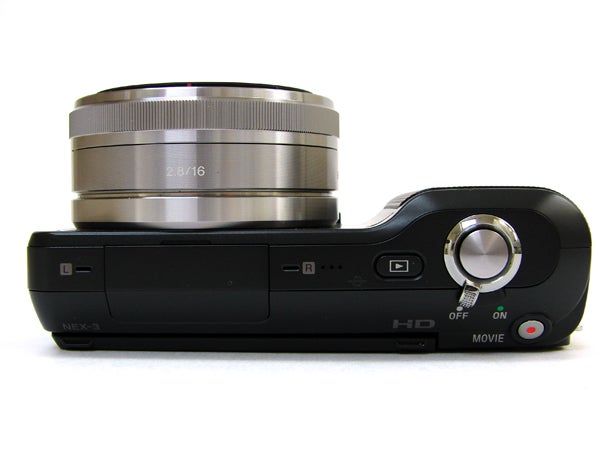
Whilst the 18-55mm lens is optically stabilised to protect against the blurring effect of camera shake when shooting handheld at the telephoto end (or in low light), the 16mm lens isn’t, which is the case also with the lens options provided for the recently reviewed Panasonic GF2, which directly competes with the NEX models. You thus may have guessed rightly that Sony hasn’t built its SteadyShot Inside anti shake mechanism into the NEX-3’s body, unlike on its Alpha DSLRs. As a result if you’re buying longer focal length lenses, a stabilised model is a must. As to that unstabilised 16mm lens, it’s fast enough that stability shouldn’t be a problem for most photography.
Incidentally, the camera looks more the part with the physically narrower 16mm lens attached – with the longer zoom the appearance is certainly ‘lens heavy’ from front and side on.
The Sony NEX-3 differs from the pricier NEX-5 in the fact that not only is it slightly larger – 25.4mm in depth as opposed to 24.2mm for example – and sports a plastic body to its sibling’s magnesium alloy build, but also in features, offering up 1280x720p MPEG-4 format video clips to its siblings’ Full HD 1920x1080i in AVCHD format. 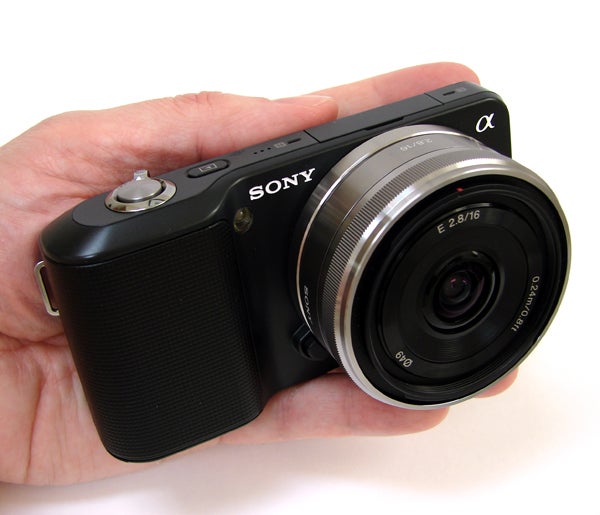
Like the Olympus Pen E-P1 and EP2, neither Sony model features a built-in flash nor optical viewfinder, though like its Olympus CSC rivals both attach via an accessory port (here a ‘smart accessory terminal’ rather than a standard hotshoe) as does an optional stereo microphone, though the body integral microphones also offer stereo sound. The flash is provided out of the box, a viewfinder isn’t. The accessory port on the Sony, rather than being located above the LCD as on the Panasonic G-series and Olympus Pens, is instead hidden under a plastic-y top plate flap where you feel (and hope) on initial inspection that a pop-up flash might otherwise lie hiding. A one-touch video record button features top right of the backplate where it falls readily under the thumb as the camera is gripped in the palm of the right hand.
Either with or without lens, the NEX series is slightly odd looking, a bit ‘basic’ even, though the build is of the usual Sony high standard so it doesn’t feel like the NEX-3 will disintegrate without tender loving care. It resembles a prototype that’s been fast tracked to the shelves of your local camera emporium; its no-nonsense utilitarian appearance matched only by Ricoh’s GXR modular system in that respect. Placed next to it, the Panasonic GF and Olympus Pen series certainly look both more appealing and more obviously camera like. One area where this is felt acutely is the hand grip, which although finished in an easy-grip rough texture, is flat and fairly unsupportive, making one handed operation difficult.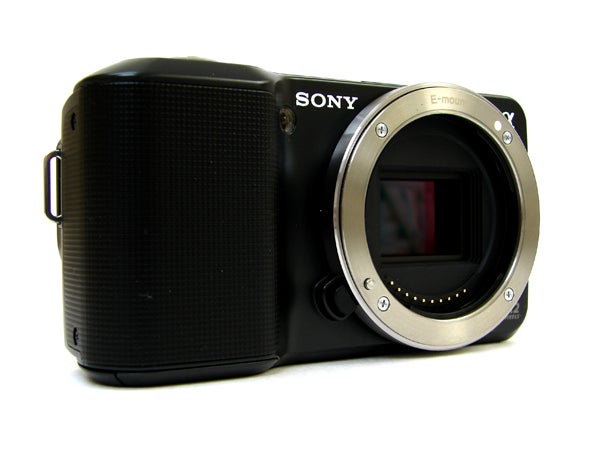
For those who want to get creative with their framing and compositional angles Sony has a slight advantage over the aforementioned models in that it features a tilting 3-inch LCD screen at the back. It can only be angled up or down however, and only a small amount as well. It cannot be flipped out at 90° to the body, nor turned to face in to face the body when inactive for added protection, as on the likes of Canon’s PowerShot G12 or Panasonic Lumix DMC-GH2 for example. Though preferable to a completely fixed screen, it’s a little stiff and inflexible so leaves plenty of room for improvement on future models.
Mirroring the wide angle aspect ratio of the back screen, the Sony shoots JPEG or Raw stills in a choice of 3:2 or 16:9 aspect ratios rather than the standard digital camera 4:3, so, in comparison, you end up with a slightly elongated image. Its maker suggests the LCD’s TruBlack technology allows for easier viewing in all shooting conditions and certainly, when we were using the NEX-3 outdoors with the sun almost directly overhead, we didn’t experience visibility problems. We didn’t get a chance to try the, FDA-SV1, viewfinder option, but considering it costs around £140 we don’t think many people will even consider it, no matter its merits. 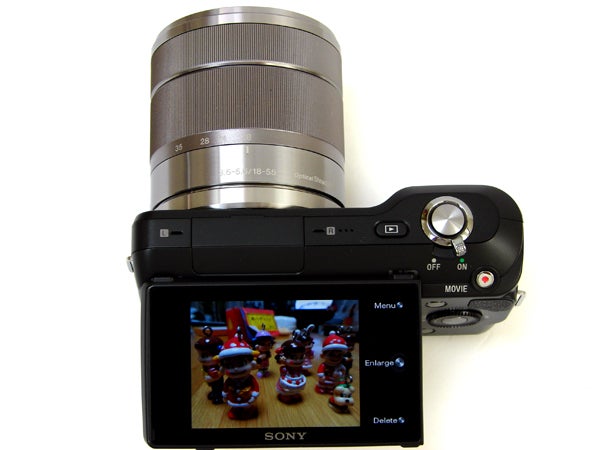
Although there’s mini HDMI output via a port on the slide and USB 2.0 connectivity also, Sony has omitted standard AV output alongside it, obviously hoping its customers don’t use such ”archaic” technologies. Another nod to modernism comes courtesy the 3D Sweep Panorama mode, which you will only be able to watch in its full stereoscopic 3D glory on a 3D TV.
A flick of the chunky on/off switch that encircles the shutter release button and the NEX-3 powers up in just over a second, so whilst it isn’t as lightning quick as an actual SLR, you can ”almos”t be shooting as fast as your forefinger can press down fully on that shutter release. With integral Bionz processor – the same as that used with Sony Alpha DSLRs – operation otherwise zips along at DSLR speed. 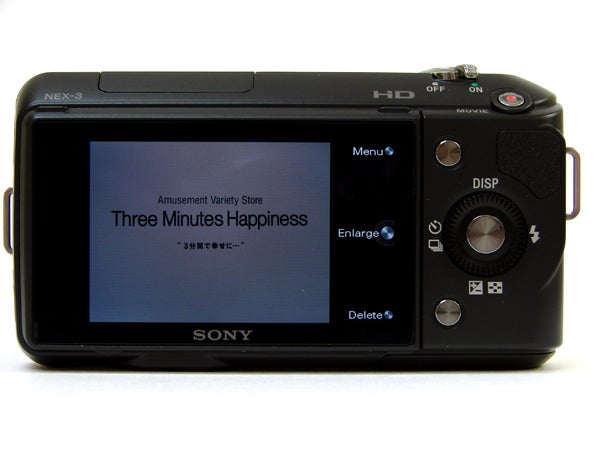
That not only relates to start up and response times but also allows a continuous shooting speed of an impressive 7 frames per second, which is up there with mid-range DSLRs, as opposed to the typical 3fps offered by entry-level models. In single shot mode, a half press of the shutter release and focus/exposure is determined in the blink of an eye, AF point/s highlighted in green accompanied by the usual bleep of affirmation. Press down fully to capture the image and this is also a nigh instantaneous process.
Shooting with both lenses in our possession we were able to gather an impressive degree of detail shooting on the NEX-3, though crispness just falls short of that achievable when shooting with a digital SLR proper. Both lenses performed very well for general sharpness and detail, though the pancake does maintain a slight advantage in quality, and is of course faster so more suited to indoor photography. One thing to be aware of when changing lenses is that as this is a compact system camera (and a comparably slender one at that) the sensor is visibly close to the lens mount. So we had to watch for our fingers straying where they shouldn’t when making swaps. Otherwise we felt it would be all too easy to inadvertently brush against it.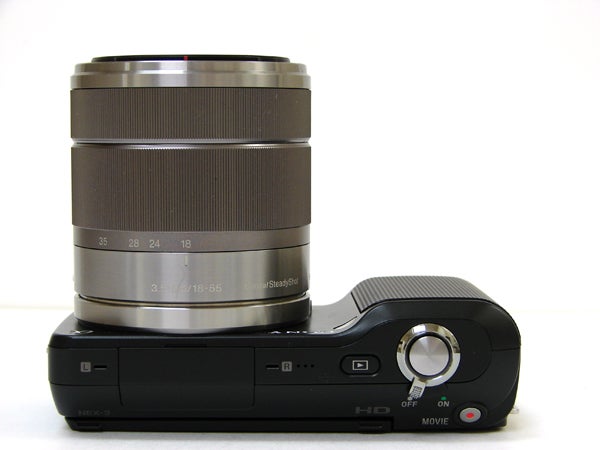
A word about the camera’s overall usability. Sony trumpets the fact that both current NEX cameras sport an approachable ‘never get lost’ user interface. Though icons are large and illustrated in cartoon-ish fashion, which shouldn’t threaten the uninitiated and in fact prompted us to question whether this was (or could be) a touch screen model, both ourselves and fellow reviewers have criticised the range for the way you have to hunt around to find certain key features. This is largely because they’re not always located where one would intuitively expect from handling rival models. 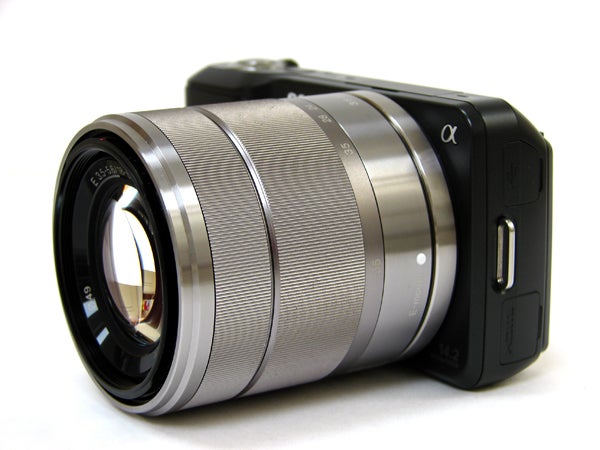
One example is ISO, with the range here a commendable ISO200 to ISO12800 to enable a wider than average breadth of low light shooting without flash, again a spec comparable with a mid-range DSLR. Instead of finding light sensitivity settings within the main camera menu however, denoted by the camera icon, ISO adjustment is included behind a separate brightness/colour icon, which kind of makes sense, though the divvying up doesn’t. OK, so arguably with the NEX-3 Sony is aiming at someone upgrading from a point and shoot who both won’t be adjusting settings all that often plus requires a little hand holding. But still.
Also, we’re not big fans of the Canon PowerShot-a-like and new Olympus E-PL2 Pen-style scroll wheel on the backplate, via which the NEX-3 user flits from one setting to another. Sony may argue that this makes for swifter access than simply pressing down on a corner of the control pad (which you’re alternatively able to do, incidentally), but as with others of its ilk we find the responsiveness of scrolling action means it’s all too easy to end up on a setting adjacent to the one you actually wanted.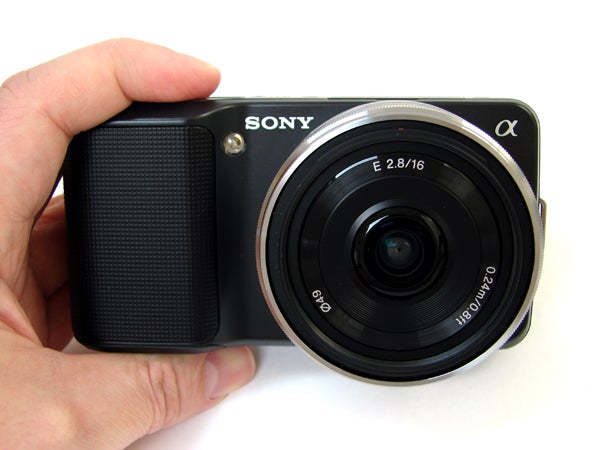
In practical terms when utilising Sweep Panorama shooting mode, an on-screen indictator prompts you to pan from left to right. You don’t get the choice of shooting a full 360°, slightly disappointingly, just a maximum 226°. But with practice it’s still possible to achieve results with impact, and especially so if selecting the 3D option. We found that we had to pan slightly slower when shooting for 3D, as opposed to 2D however – the camera providing an on-screen text message indicating you slow down if it’s struggling to keep up. As the final image is a composite – and commendably in our test samples’ case you can’t see any skewed angles or awkward joins – this allows Sony to claim it can deliver ‘pixel packed’ 23MP images in this particular mode. In any event, it’s a cinch to get usable results and they’re packed with a lot more detail than the results achievable utilising the same 3D feature on Sony’s DSC-WX5 Cyber-shot.
”’Verdict”’
With its two NEX series models you feel that Sony has done just enough to stake its claim on the fledgling compact system camera market, whilst leaving plenty of room for refinement and improvement in future models – chiefly by adding a pop up flash, touch screen operation and greater flexibility as regards the movement of said screen.
The other ‘negatives’ here are a ‘basic’ looking design, lack of body integral anti shake, omission of built-in flash (so you have to carry the clip-on variety around with you), and in the case of the NEX-3, video clips are ‘just’ 1280×720 pixels rather than Full HD. Howevermitigate, on the positive side, the price for the NEX-3 body plus twin lens kit combo on review feels very fair, at between £540 and £599 depending on where you shop. It’s also very easy for the amateur to get detailed, ‘professional’ looking results at the press of a button. It may not be truly pocketable, and has it’s issues but overall it’s well worth considering either as a smaller alternative to a DSLR or a step up from high-end compacts.
”’Note:”’
As we were putting the finishing touches to this review, news filtered out of Japan that Sony was wrapping up production of the NEX-3, at least as regards that territory. Whilst that’s as much of a bombshell as day following night – with the average life-span of a digital camera six months to a year – it’s actually good news for anyone now considering buying one in terms of grabbing a good deal on existing stock; especially as the reported model number of its replacement (if true) indicates more of a refinement than sweeping overhaul.
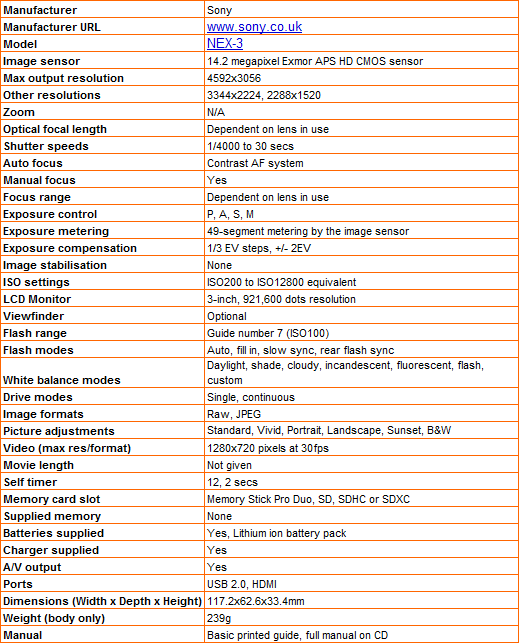
”’The Sony NEX-3 offers a broad ISO range, starting out at ISO200 and extending up to a DSLR-like ISO12800. The following were all shot as maximum quality JPEGs under available natural light, with default camera settings applied to ensure a level playing field between this and rival models.”’
—-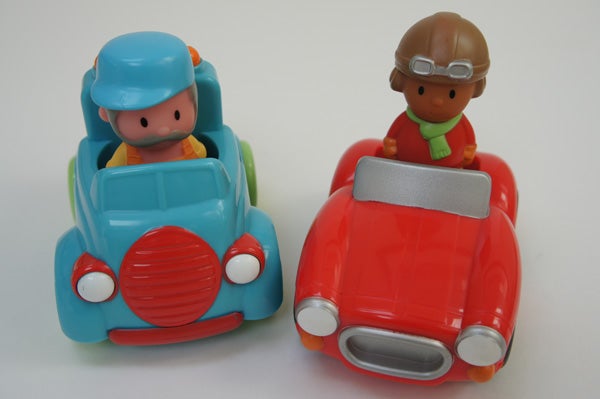
—-
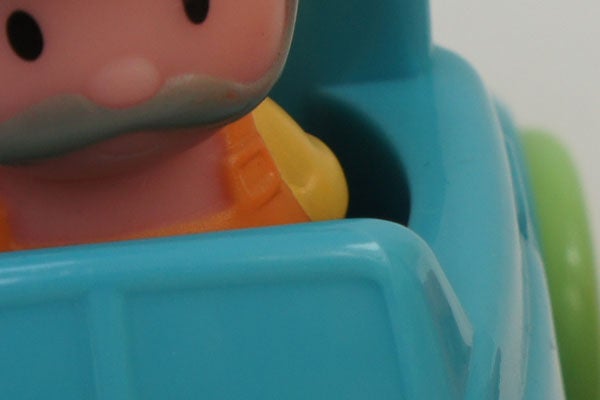
With ISO set to Auto, the camera has correctly ascertained ISO200 as being up to the task, which is also the lowest manually selectable setting on the NEX-3. No noise to report here.
—-
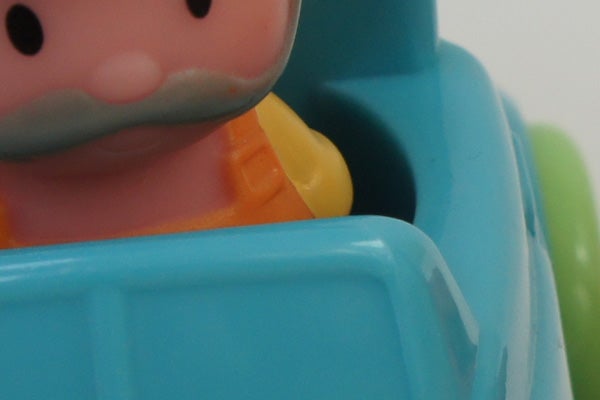
An identically clear and bright image is achieved at ISO400, with no discernible difference between this and performance at the lower ISO200 setting.
—-
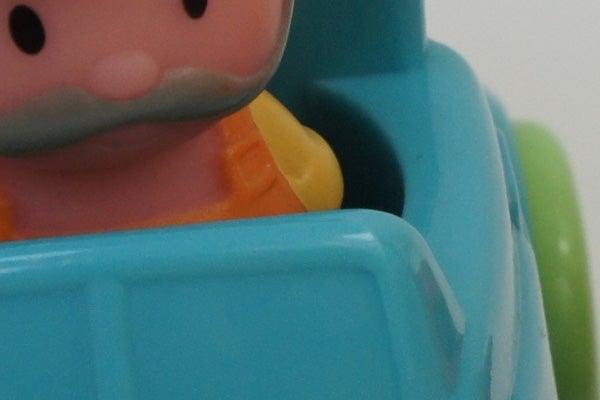
ISO800 and we’re getting a slight sandy appearance and edge softening when cropping into the frame, but hardly at a noticeable level.
—-
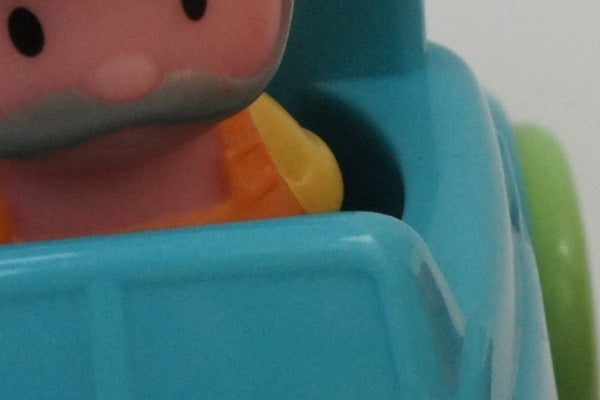
Marginally more grain at ISO1600, but we’d certainly be happy continuing to shoot at this setting and aiming for usable results.
—-
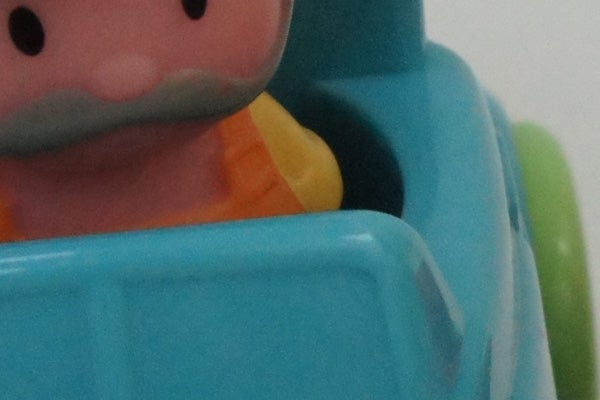
Noise is more obviously visible across the entire frame at the higher ISO3200 option, but the performance here is still comparable with what lesser compacts manage at ISO800.
—-
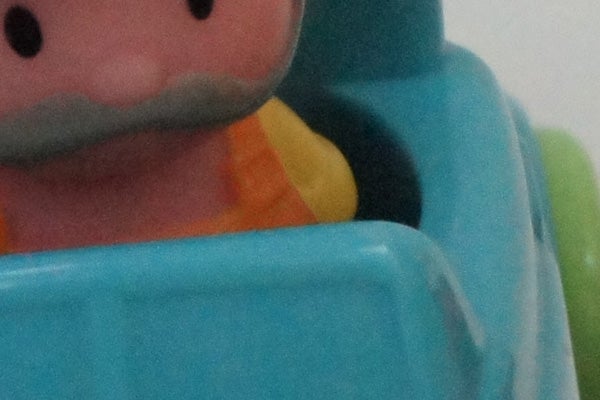
More obviously grainy again at ISO6400, with the image taking on a felt-like texture, but still a result that one would wish to keep, so overall a commendable showing from the NEX-3 which is comparable to the recent Olympus E-PL2 in that respect.
—-
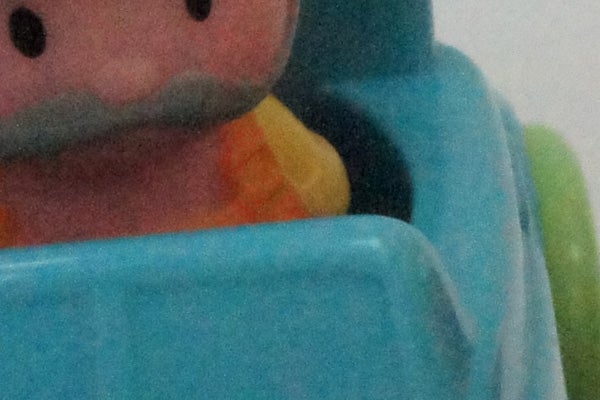
The NEX-3 doesn’t let things lie there however and ups the ante with a DSLR-baiting ISO12800 option for shooting in the near dark. Unsurprisingly further detail has been lost and noise is noticeable across the entire image without any need to crop in. We’re getting a more impressionistic, painterly look.
—-
”’A more general selection of test shots are revealed on this page and next to act as an evaluation of the NEX-3 in a variety of shooting conditions with the 16mm and 18-55mm test lenses attached where indicated. Again we’ve used auto white balance and ‘standard’ creative style settings.”’
—-

A couple of images that show the possibilities with the NEX-3 and standard 18-55mm zoom – the kind of focal range usually provided with an entry level DSLR kit – here at the widest end. We’re not getting any obvious wideangle bugbears such as barrel distortion nor softening of corner detail; however there is some modest pixel fringing visible on twigs higher up our foreground tree.
—-

And by contrast here’s an example of what’s achievable at the telephoto end of the zoom, shooting handheld under near perfect daylight conditions. Again not much to complain about here save for pixel fringing in the same areas.
—-

Here we’re fully zoomed in again with the 18-55mm lens on the NEX-3, to check detail. We can see the peeling paint and rusting metal of this gate nicely and colour is spot on.
—-
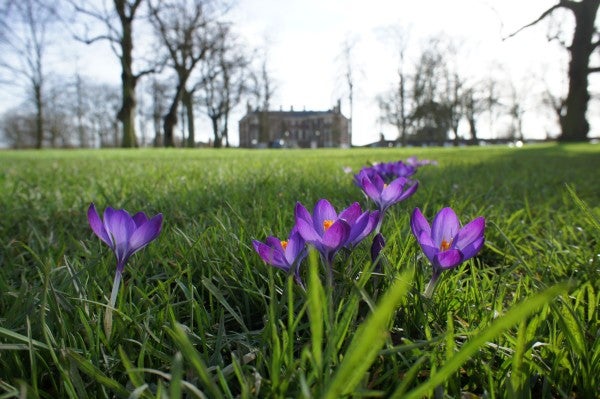
And by way of comparison here is another close up shot, this time with the 16mm ‘pancake’ lens attached which has given us a lovely shallow depth of field, highlighting the flowers in the immediate foreground and blurring everything else to provide a magical air whilst directing viewer’s attention. This sort of low to the ground shot is also where the angle adjustable LCD comes in handy.
—-

Here’s an example of the kind of panoramic achievable with the NEX-3 Sweep Panorama shooting mode, panning left to right and to seamless effect; and if you own a 3D TV you’ll be able to opt to shoot and review in three dimensions too. On the camera’s back screen, the shot is still viewable, but obviously only in 2D.
—-
”’Here are some general test shots taken with the NEX-3 and 18-55mm and 16mm lenses attached as stated to give an idea of performance ability when it comes to image quality, dynamic range, colour rendition and the lenses’ focal range.”’

An image taken with the 16mm pancake lens attached which has provided a shallow depth of field to draw the eye to the natural colours of our subject, shot with the Sony on its default colour settings. If anything, colour-wise this particular image could do with being slightly warmer than it is.
—

More natural colours, this time with the 18-55mm test lens attached and at the wide angle end of its focal range. Detail is held well from front to back of frame. Could do with a bit more contrast perhaps, but otherwise we’re happy with the NEX-3’s results straight out of camera.
—-
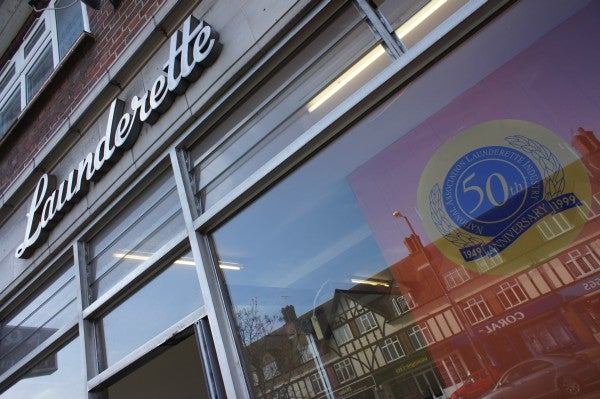
Again, although Sony Cyber-shot snapshot cameras have historically tended to produce colours that err on the side of being flatteringly warm, the NEX-3’s performance is more akin to the natural results achievable with a digital SLR. And here with a level of detail that’s also a near match for a such a camera with a physically larger lens.
—-
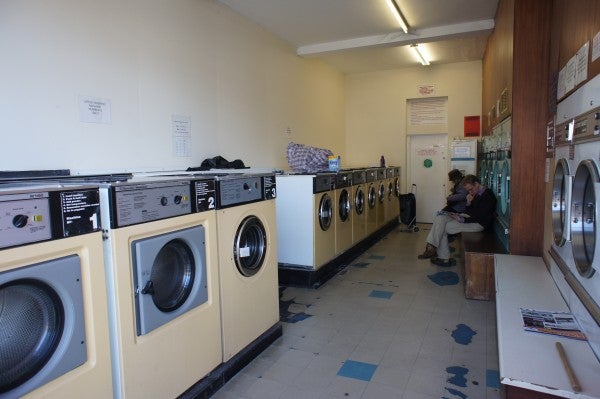
And here’s a daylight interior shot of the same venue. Again realistic colours and a level of detail that provides the image with sufficient ‘bite’ to draw the eye inwards.
—-
Trusted Score
Score in detail
-
Value 8
-
Image Quality 9
Features
| Camera type | Digital SLR, Mirrorless Camera |
| Megapixels (Megapixel) | Megapixel |
| Optical Zoom (Times) | 12 Xx, 3.1 Xx |
| Image Sensor | CMOS |
| Image Stabilisation | Optical |
| LCD Monitor | 3 in |
| Flash modes | Auto Flash, Flash OFF, Flash ON, Red-eye Reduction |
| Video (max res/format) | 640 x 480, 1440 x 1080, 1280 x 720 |

